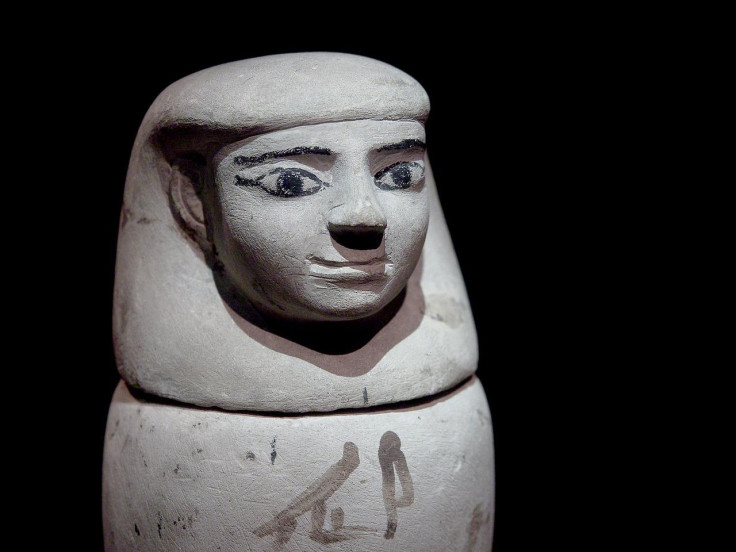Ancient Egyptian Artifact Seized In Memphis 'Likely' 3,000 Years Old
KEY POINTS
- The artifact is an Egyptian canopic jar lid of the deity Imsety
- Authorities intercepted the piece at the port of Memphis
- Experts determined that it was "authentic"
Customs authorities in Memphis, Tennessee, have seized what may be a 3,000-year-old ancient Egyptian artifact that possibly dates back to 1069 BC-653 BC.
The piece was intercepted by the U.S. Customs and Border Protection (CBP) at the port of Memphis on Aug. 17, the agency announced in a news release. It was reportedly shipped from a dealer in Europe to a private buyer in the U.S., with the shipment document listing it as an antique stone sculpture that's 100 years old.
However, the item was found to be an "authentic" Egyptian canopic jar lid, experts from the University of Memphis Institute of Egyptian Art and Archaeology confirmed. Furthermore, contrary to what was listed in the document, the artifact "likely" dates back to "1069 BC to 653 BC, making it potentially 3,000 years old," according to the CBP.
Canopic jars were the containers in which mummified organs were separately placed. They were said to be "important elements" of Ancient Egyptian burials, with the most well-known versions of the jars being the ones with the lids formed in the shape of the Sons of Horus – Imsety, the guardian of the liver; Duamutef who guarded the stomach; baboon-headed Hapy who guards the lungs and Qebehsenuef, who was the deity responsible for looking after the intestines.
US agents in Memphis seize shipped ancient Egyptian artifact https://t.co/wZIBqjt6eE pic.twitter.com/ZClbaZQwBm
— The Associated Press (@AP) August 27, 2022
The seized ancient artifact was said to be a canopic jar lid of the human-headed Imsety. The agency shared a photo of the item in its statement.
According to the CBP, the artifact is protected by "bilateral treaties" and is subject to the Convention on Cultural Property Implementation Act of 1983 or the CPIA, which restricts the import of certain archaeological and ethnological items into the U.S.
These restrictions apply even if the item was not brought to the U.S. from its country of origin, Britannica explained.
According to the CBP, the shipper of the item also made "contradictory statements" about the artifact's declared value.
"It was turned over to Homeland Security Investigations for further examination and to determine it's provenance," the agency said in the statement.

© Copyright IBTimes 2025. All rights reserved.






















